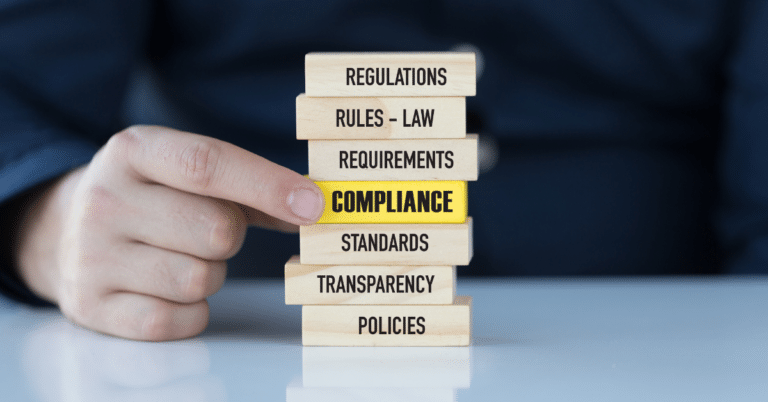In 2023 the IRS announced a major change to its electronic filing requirements. Beginning in 2024, businesses will have to file most tax return information electronically, including 1099s.
What is changing for tax year 2023?
The IRS has changed e-file regulations for tax year 2023. Businesses that file 10 or more information returns must now file them electronically (previously the threshold was 250 or more). This new 10-return threshold aggregates almost all types of information returns, including Forms W-2s, 1099-MISC, 1099-NEC, etc.
What forms must be filed electronically?
Employers are now required to e-file most information returns, including Form W-2, Form 1042-S, Form 3921, Form 3922, Form 8027, Form 1099 series, and Form 1098 series.
Who does this affect?
In previous tax years, some small businesses filed paper returns. With this change, nearly all businesses will have to file their returns electronically.
How do businesses file 1099s electronically?
The IRS has created a new, free online portal called the Information Returns Intake System (IRIS) Taxpayer Portal where you can file electronically. (If you have filed electronically in previous years, you may continue using the Filing Information Returns Electronically (FIRE) system.)
When you are ready to file electronically, you can manually key in data or upload a .csv file using a downloadable template provided by the IRS in the Taxpayer Portal. You may file up to 100 records at a time.
Important note: If you plan to use the Taxpayer Portal to file 1099s, you must complete the IRIS Application for Transmitter Control Code (TCC). The IRS says to allow up to 45 days for application processing so you should begin the enrollment process immediately, if you have not already done so.
What happens if businesses don’t file electronically?
Businesses that do not e-file or file late may face penalties. You can learn more about penalties on the IRS Information Penalties page. Note that businesses may apply for a hardship waiver if they would experience hardship in complying with the new requirements.
Why did the IRS make this change?
This is part of the IRS’s ongoing efforts to modernize and streamline tax administration. Though most of the returns it processes are electronic, it still processes millions of paper returns each year. This new filing requirement is part of its effort to reduce the number of paper returns.
Learn more about the new e-filing regulations
The IRS has provided a number of resources to help businesses navigate the new requirements and use the Taxpayer Portal.
